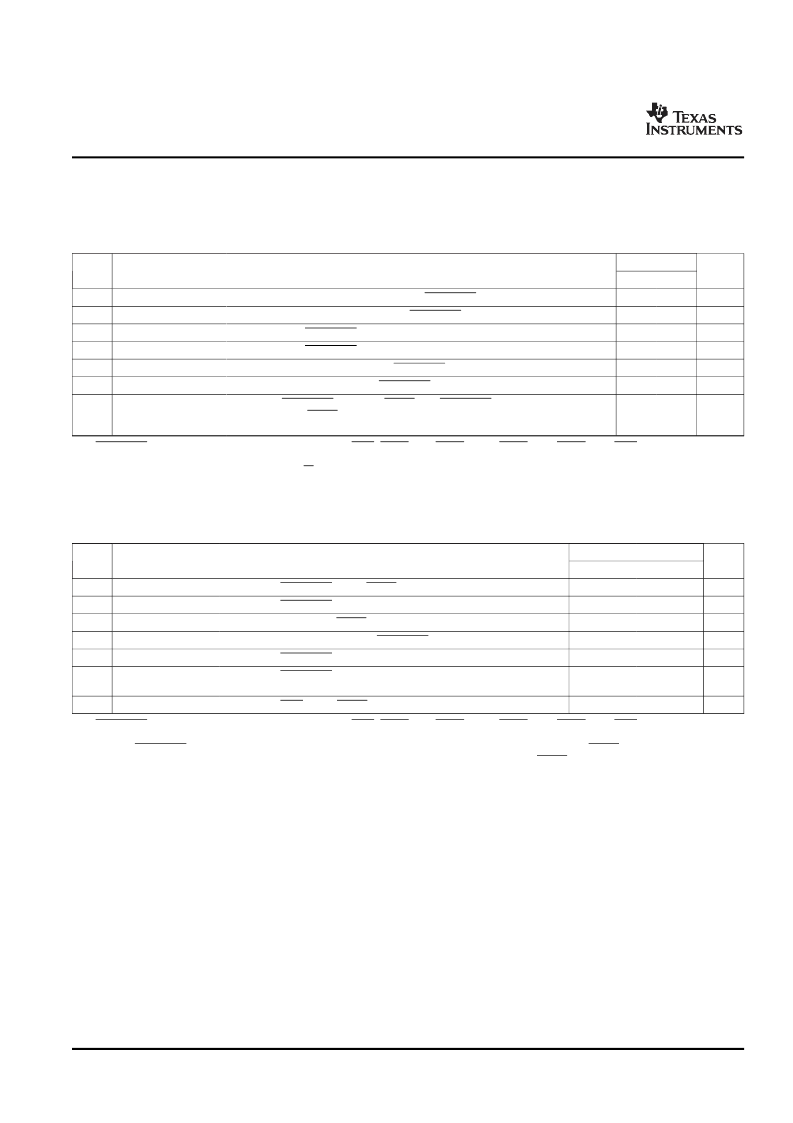- 您現(xiàn)在的位置:買賣IC網(wǎng) > PDF目錄383961 > TMX320DM6443AZWT (Texas Instruments, Inc.) Digital Media System-on-Chip PDF資料下載
參數(shù)資料
| 型號(hào): | TMX320DM6443AZWT |
| 廠商: | Texas Instruments, Inc. |
| 英文描述: | Digital Media System-on-Chip |
| 中文描述: | 數(shù)字媒體系統(tǒng)片上 |
| 文件頁數(shù): | 174/221頁 |
| 文件大小: | 1582K |
| 代理商: | TMX320DM6443AZWT |
第1頁第2頁第3頁第4頁第5頁第6頁第7頁第8頁第9頁第10頁第11頁第12頁第13頁第14頁第15頁第16頁第17頁第18頁第19頁第20頁第21頁第22頁第23頁第24頁第25頁第26頁第27頁第28頁第29頁第30頁第31頁第32頁第33頁第34頁第35頁第36頁第37頁第38頁第39頁第40頁第41頁第42頁第43頁第44頁第45頁第46頁第47頁第48頁第49頁第50頁第51頁第52頁第53頁第54頁第55頁第56頁第57頁第58頁第59頁第60頁第61頁第62頁第63頁第64頁第65頁第66頁第67頁第68頁第69頁第70頁第71頁第72頁第73頁第74頁第75頁第76頁第77頁第78頁第79頁第80頁第81頁第82頁第83頁第84頁第85頁第86頁第87頁第88頁第89頁第90頁第91頁第92頁第93頁第94頁第95頁第96頁第97頁第98頁第99頁第100頁第101頁第102頁第103頁第104頁第105頁第106頁第107頁第108頁第109頁第110頁第111頁第112頁第113頁第114頁第115頁第116頁第117頁第118頁第119頁第120頁第121頁第122頁第123頁第124頁第125頁第126頁第127頁第128頁第129頁第130頁第131頁第132頁第133頁第134頁第135頁第136頁第137頁第138頁第139頁第140頁第141頁第142頁第143頁第144頁第145頁第146頁第147頁第148頁第149頁第150頁第151頁第152頁第153頁第154頁第155頁第156頁第157頁第158頁第159頁第160頁第161頁第162頁第163頁第164頁第165頁第166頁第167頁第168頁第169頁第170頁第171頁第172頁第173頁當(dāng)前第174頁第175頁第176頁第177頁第178頁第179頁第180頁第181頁第182頁第183頁第184頁第185頁第186頁第187頁第188頁第189頁第190頁第191頁第192頁第193頁第194頁第195頁第196頁第197頁第198頁第199頁第200頁第201頁第202頁第203頁第204頁第205頁第206頁第207頁第208頁第209頁第210頁第211頁第212頁第213頁第214頁第215頁第216頁第217頁第218頁第219頁第220頁第221頁

www.ti.com
6.14.1
Host-Port Interface (HPI) Electrical Data/Timing
TMS320DM6443
Digital Media System-on-Chip
SPRS282E–DECEMBER 2005–REVISED MARCH 2007
Table 6-61. Timing Requirements for Host-Port Interface Cycles
(1)(2)
(see
Figure 6-53
through
Figure 6-54
)
-594
NO.
UNIT
MIN
5
2
15
2P
5
0
MAX
1
2
3
4
12
13
t
su(SELV-HSTBL)
t
h(HSTBL-SELV)
t
w(HSTBL)
t
w(HSTBH)
t
su(HDV-HSTBH)
t
h(HSTBH-HDV)
Setup time, select signals
(3)
valid before HSTROBE low
Hold time, select signals
(3)
valid after HSTROBE low
Pulse duration, HSTROBE low
Pulse duration, HSTROBE high between consecutive accesses
Setup time, host data valid before HSTROBE high
Hold time, host data valid after HSTROBE high
Hold time, HSTROBE high after HRDY low. HSTROBE should not be
inactivated until HRDY is active (low); otherwise, HPI writes will not complete
properly.
ns
ns
ns
ns
ns
ns
14
t
h(HRDYL-HSTBH)
2
ns
(1)
(2)
(3)
HSTROBE refers to the following logical operation on HCS, HDS1, and HDS2: [NOT(HDS1 XOR HDS2)] OR HCS.
P = 1/CPU clock frequency in ns. For example, when running parts at 594 MHz, use P = 1.68 ns.
Select signals include: HCNTL[1:0] and HR/W. For HPI16 mode only, select signals also include HHWIL.
Table 6-62. Switching Characteristics Over Recommended Operating Conditions During Host-Port
Interface Cycles
(1)
(see
Figure 6-53
through
Figure 6-54
)
-594
NO.
PARAMETER
UNIT
MIN
MAX
6
7
8
9
15
t
d(HSTBL-HRDYH)
t
d(HSTBL-HDLZ)
t
d(HDV-HRDYL)
t
oh(HSTBH-HDV)
t
d(HSTBH-HDHZ)
Delay time, HSTROBE low to HRDY high
(2)
Delay time, HSTROBE low to HD low impedance for an HPI read
Delay time, HD valid to HRDY low
Output hold time, HD valid after HSTROBE high
Delay time, HSTROBE high to HD high impedance
Delay time, HSTROBE low to HD valid (HPI16 mode, 2nd half-word
only)
Delay time, HCS low to HRDY high
0
0
0
12
ns
ns
ns
ns
ns
1.5
7
16
t
d(HSTBL-HDV)
15
ns
20
t
d(HCSL-HRDYH)
HSTROBE refers to the following logical operation on HCS, HDS1, and HDS2: [NOT(HDS1 XOR HDS2)] OR HCS.
This parameter is used during HPID reads and writes. For reads, at the beginning of the first half-word transfer (HPI16) on the falling
edge of HSTROBE, the HPI sends the request to the EDMA internal address generation hardware, and HRDY remains high until the
EDMA internal address generation hardware loads the requested data into HPID. For writes, HRDY goes high if the internal write buffer
is full.
0
12
ns
(1)
(2)
Peripheral and Electrical Specifications
174
Submit Documentation Feedback
相關(guān)PDF資料 |
PDF描述 |
|---|---|
| TMX320DM6443ZWT | Digital Media System-on-Chip |
| TMS320DM647_08 | Digital Media Processor |
| TMS320DM647ZUT720 | Digital Media Processor |
| TMS320DM647ZUT900 | Digital Media Processor |
| TMS320DM648ZUT720 | Digital Media Processor |
相關(guān)代理商/技術(shù)參數(shù) |
參數(shù)描述 |
|---|---|
| TMX320DM6443BZWT | 制造商:Texas Instruments 功能描述: |
| TMX320DM6443CZWT | 制造商:Texas Instruments 功能描述: |
| TMX320DM6443ZWT | 制造商:Texas Instruments 功能描述: |
| TMX320DM6444AZWT | 制造商:Texas Instruments 功能描述:TMS320DM6443, TMS320DM6444 DIGITAL MEDIA SOC DATA SHEET - Trays |
| TMX320DM6446AZWT | 制造商:Texas Instruments 功能描述: |
發(fā)布緊急采購(gòu),3分鐘左右您將得到回復(fù)。